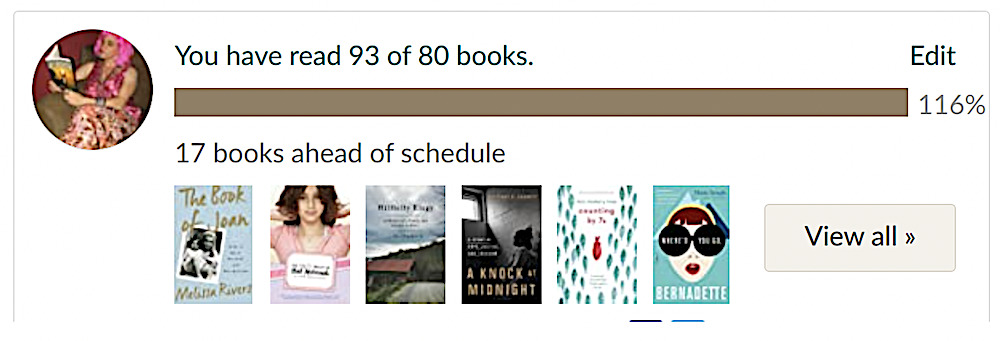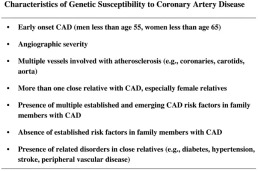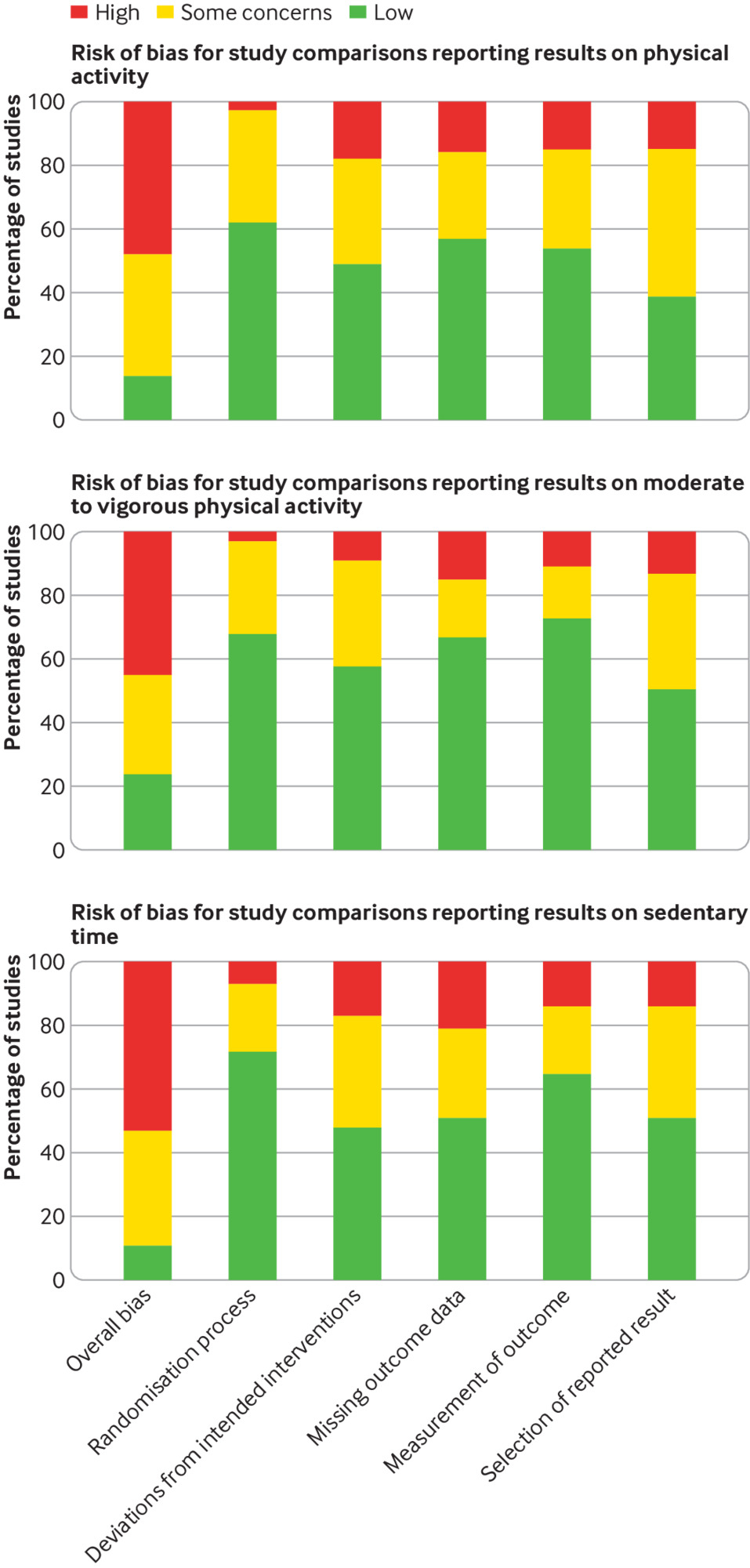“Welcome to a realistic day in the life of a woman who decided to become a nomad and failed and now I am homeless.”
Influencers on social media make the nomadic lifestyle look liberating, carefree, and fun — but it’s not always as attainable or easy as it appears. Just ask 33-year-old Natasha Scott. She’s going viral on TikTok for her honest and vulnerable videos sharing what happened when her attempt at trying out the nomad life backfired and she ended up homeless.
In her TikTok videos, Natasha (@nomadgonewrong) gives followers a day-in-the-life view of what the reality of this lifestyle is like for her. In the first video where she opens up about her experiences, she says, “I was a little embarrassed to film this video, but I want to be completely honest to anyone that was thinking of doing this lifestyle. I did everything right. I signed up to all the websites, I applied to hundreds of jobs. I did everything right and somehow I still failed.”
“I hope people can stop glorifying the nomadic lifestyle because it’s not as easy as you think. I’ve stayed in Airbnbs. I’ve stayed in hotels. I’ve done it all. I’m now currently living in a van doing van life and I regret it so much. I have no idea what I’m going to do but I gotta keep going.”
In other videos, she brings viewers along as she resells her clothes for cash, picks up a slow and underwhelming bartending shift, and pumps up the air mattress in the back of her van after her plan to stay with a friend falls through.
Natasha told BuzzFeed that she had totally different expectations for this lifestyle. “I wanted to explore different cities, countries, and lifestyles. Sadly, I didn’t make it out of my own state due to unfortunate events.”
And although she planned carefully and had several streams of income, economic changes threw her off course. “I had a full-time remote job, savings, side hustles, and a small business, and I created and mapped out a plan with detailed information about gigs, freelance jobs, and cities that welcome nomads. A few months into my journey, inflation began and I was laid off from my job. I quickly signed up to multiple gig platforms, freelancer websites, and more.”
This also wasn’t her first time living a less-traditional lifestyle. “I’ve done a semi-nomadic lifestyle pre-COVID when I was a brand ambassador/trade show model, but it was nothing like my current journey. I planned and saved for some time and took the chance to be a nomad once I received a letter that my apartment complex was being sold.”
“I stayed at countless Airbnbs and hotels and quickly realized the nomad lifestyle wasn’t what I thought it was going to be. My next step was to try van life. I went into van life thinking it would be more cost effective, and then gas prices increased. I had no idea what I was getting myself into.”
“I realized the lifestyle wasn’t what I expected when I had to start draining my accounts and selling all my belongings. From the cost of Airbnbs, hotels, food, personal bills, gas, and other expenses for the van, this lifestyle was draining me.”
“The hardest part was finding the strength and energy to apply to jobs after getting laid off with the fear that I wouldn’t be able to work effectively while living in a van. Also, I quickly learned that the gig industry and freelance lifestyle has a busy and slow season and, unfortunately, I was in the slow season era. There were times I didn’t have income coming for weeks. I started to isolate myself from everyone I knew and I was ashamed to let anyone know that I was struggling. This is a common downside to the nomad lifestyle that no one talks about.”
Since she started posting about the reality of the nomadic lifestyle, she says the response has been overwhelming and runs the gamut from care and compassion to horrible cyberbullying. “My videos started to go viral on all platforms and it was a total shock that so many people had similar stories like mine. I had no idea that so many people would relate to my story; it’s been hard to open up at a difficult time in my life.”
Though it’s been hard to share her experiences, she’s ultimately glad that she opened up and gets to share all the things she’s been learning. “If I never took a chance on this journey, I never would’ve learned so much about myself. I’ve opened up in ways that I never would’ve opened up before. I’ve grown as a woman and my survival skills are top-tier. I’m currently rebuilding my life from the ground up and I hope people understand more about the nomad lifestyle.”
What are the 11 characteristics of living things?
11 Qualities of Life
- Cells / Order.
- Sensitivity or response to stimuli.
- Reproduction.
- Amendment.
- Growth and development.
- regulation.
- Homeostasis.
- Metabolism.
Which of the following is one of seven basic characteristics used to classify living things?
The seven characteristics of living organisms are nutrition, excretion, movement, respiration, reproduction, growth and susceptibility.
What is the socio-professional category? The classification of socio-professional categories (CSP) was devised in 1954 by INSEE. See the article : New York City Developer Launches Life Science Ventures. The aim was to categorize individuals according to their professional situation, taking into account several criteria: their occupation, economic activity, qualification, hierarchical position and status.
What’s Intermediate occupation?
Medium-sized occupations (administrative, sales, service) Small employers and the self-employed. Lower supervisory and technical professions. Read also : Schumer encourages high-tech energy storage company to locate in Old Tech City. Semi-routine occupations.
What are living things answer?
Living things consist of a cell or cells. They obtain and use energy to survive. On the same subject : 10 self-help books for women and men with a chronic illness or disability. A unique ability to reproduce, ability to grow, ability to metabolize, ability to respond to stimuli, ability to adapt to the environment, ability to move and last but not least an ability to breathe .
What are living things Class 1 answer? Living things eat, breathe, grow, move, reproduce and have senses. The other kind is called non-living things. Non-living things do not eat, breathe, grow, move and reproduce. They have no senses.
What are living things for Class 3?
Living things are born, grow, reproduce, grow old and die. Humans, plants and animals are all living beings. Living things need air, water, food and shelter to survive. Non-living things are not born.
What are living things for Class 2?
Things that can breathe, feel, grow, move and reproduce (give young) are called living things. Example: – Plants. , animals and people.





